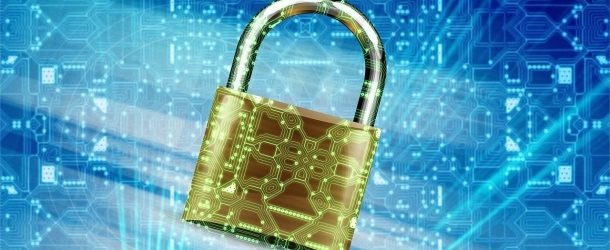Quantum Cryptography & Quantum-Safe Cryptography Possible Future Safeguards for Data

(SecurityIntelligence) Most of our communication (e.g., bank transactions, web traffic, remote connections, email, etc.) relies on such algorithms which will be at risk when large-scale quantum computer will be able to break today’s most-used public key crypto algorithms, such as Rivest-Shamir-Adleman (RSA), Diffie-Hellman and Elliptic Curve Cryptography. This risk extends to all data encrypted with secret cryptographic keys that are exchanged in one way or another using the aforementioned algorithms.
Not surprisingly, researchers have been working hard on alternative methods for protecting our data as quantum computing progresses.
One set of methods is quantum cryptography, which is mostly known for quantum key distribution (QKD) — e.g., the BB84 protocol. QKD is implemented by encoding the secret key in quantum states, which are sent in the form of photons (light particles) across optical fibers or free space.
Another method is quantum-safe cryptography, which involves a new set of classical encryption algorithms based on mathematical problems that are believed to be hard to solve on a quantum computer (as well as on a classical computer).



















